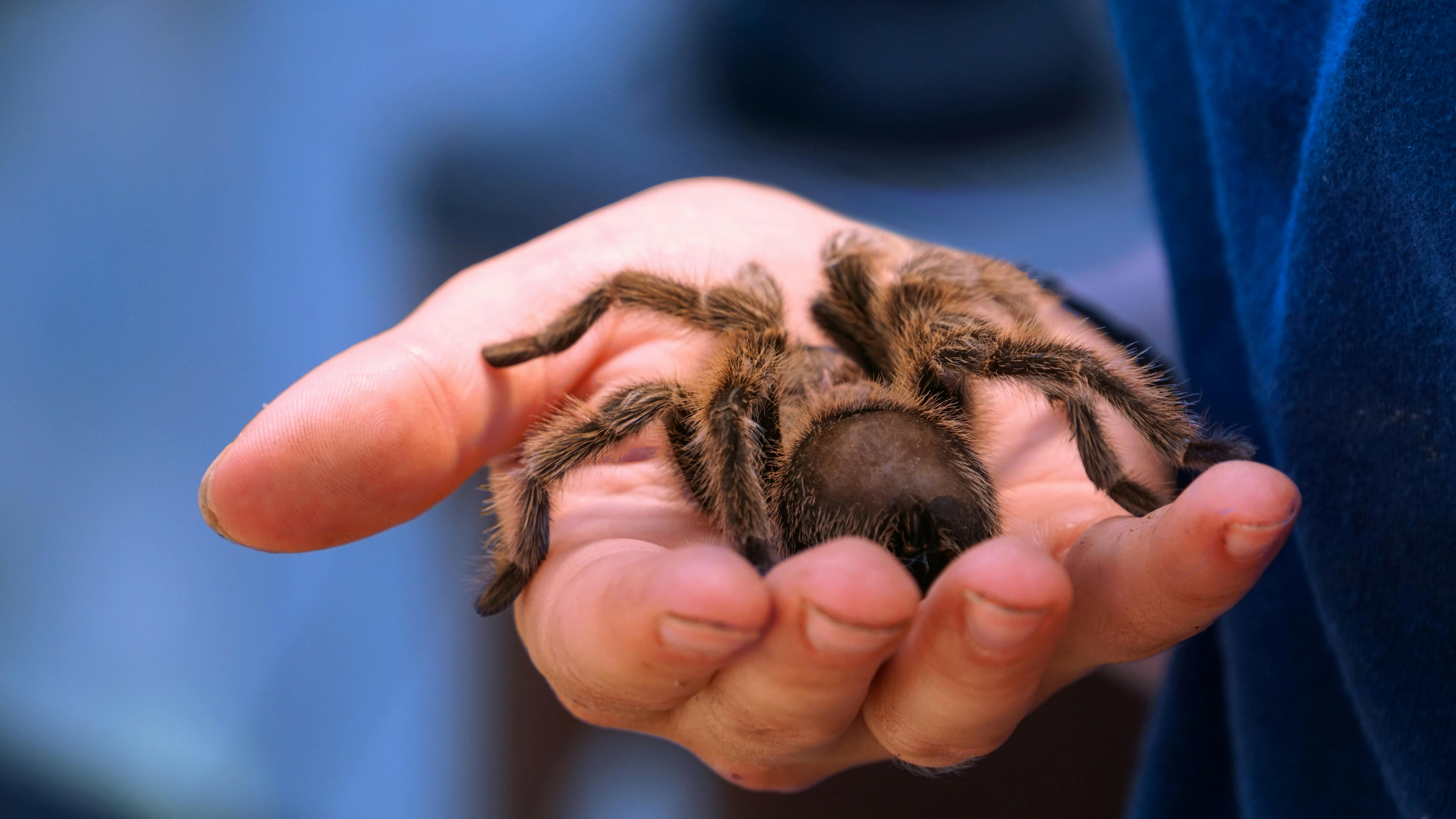The Fascinating World of Insectivorous Pets: A Comprehensive Guide
Introduction: Venture into the captivating realm of insectivorous pets, where intriguing species like tarantulas, praying mantises, and giant millipedes redefine traditional pet ownership. Get ready to discover the fascinating world of these unique creatures with an up-to-date, comprehensive guide that promises to broaden your horizons.

The Insectivorous Pet Phenomenon: A Historical Perspective
While dogs, cats, and goldfish have long been the quintessential companions of households worldwide, a shift towards more unconventional pets has been seen in recent years. The trend of keeping insectivorous pets, in particular, has its roots in various cultures. In ancient Egypt, scarab beetles were revered and often kept as pets, while the samurai in Japan found spiritual significance in the breeding of crickets. Today, this trend has gained popularity in western cultures due to advancements in pet care and a growing interest in exotic fauna.
Unraveling the Fascinating Species: Meet Your Potential Companions
Among the vast range of insectivorous pets available, three species particularly stand out due to their distinctive characteristics.
Tarantulas: The Gentle Giants
Despite their intimidating appearance, tarantulas are known for their calm and docile nature. These eight-legged wonders, with their life span of up to 25 years, make a long-term, low-maintenance pet.
Praying Mantises: The Perfect Predator
Praying Mantises, with their unique hunting strategy and agile movements, can provide endless entertainment. Their lifespan, however, is relatively short, usually around a year.
Giant Millipedes: The Gentle Herbivores
Contrary to their carnivorous counterparts, Giant Millipedes primarily feed on decaying organic matter. Their docile nature and low maintenance make them an excellent choice for novice insectivorous pet owners.
The Pet Market Impact: Evaluating The Costs
As the demand for these unique pets increases, the market has evolved to cater to their specific needs. The initial cost of acquiring an insectivorous pet can range from $20 to $200 depending on the species and its rarity. The ongoing costs for habitats, feeding, and care are relatively low compared to traditional pets, making them an affordable alternative.
The Current Buzz: What’s New in the Insectivorous Pet Sphere?
In recent years, the world of insectivorous pets has seen numerous advancements. Innovations in habitat design and feeding technology have made it easier for owners to recreate natural environments and provide a balanced diet. Pet shows exclusively for insectivorous species have also gained momentum, providing enthusiasts a platform to share knowledge and showcase their unique pets.
Caring for Your Insectivorous Pet: Research-Backed Tips
Caring for an insectivorous pet can be an enriching experience. However, it’s crucial to research their specific needs. Tarantulas, for instance, require a certain level of humidity, while praying mantises need ample space to mimic their hunting behavior. Always ensure a balanced diet and regular health check-ups.
In conclusion, insectivorous pets offer a unique and rewarding pet ownership experience. Whether it’s the calm tarantula, the agile praying mantis, or the gentle giant millipede, these fascinating creatures offer a distinctive blend of companionship and intrigue. By understanding their history, market impact, and care requirements, you can embark on an exciting journey into the world of insectivorous pets.





